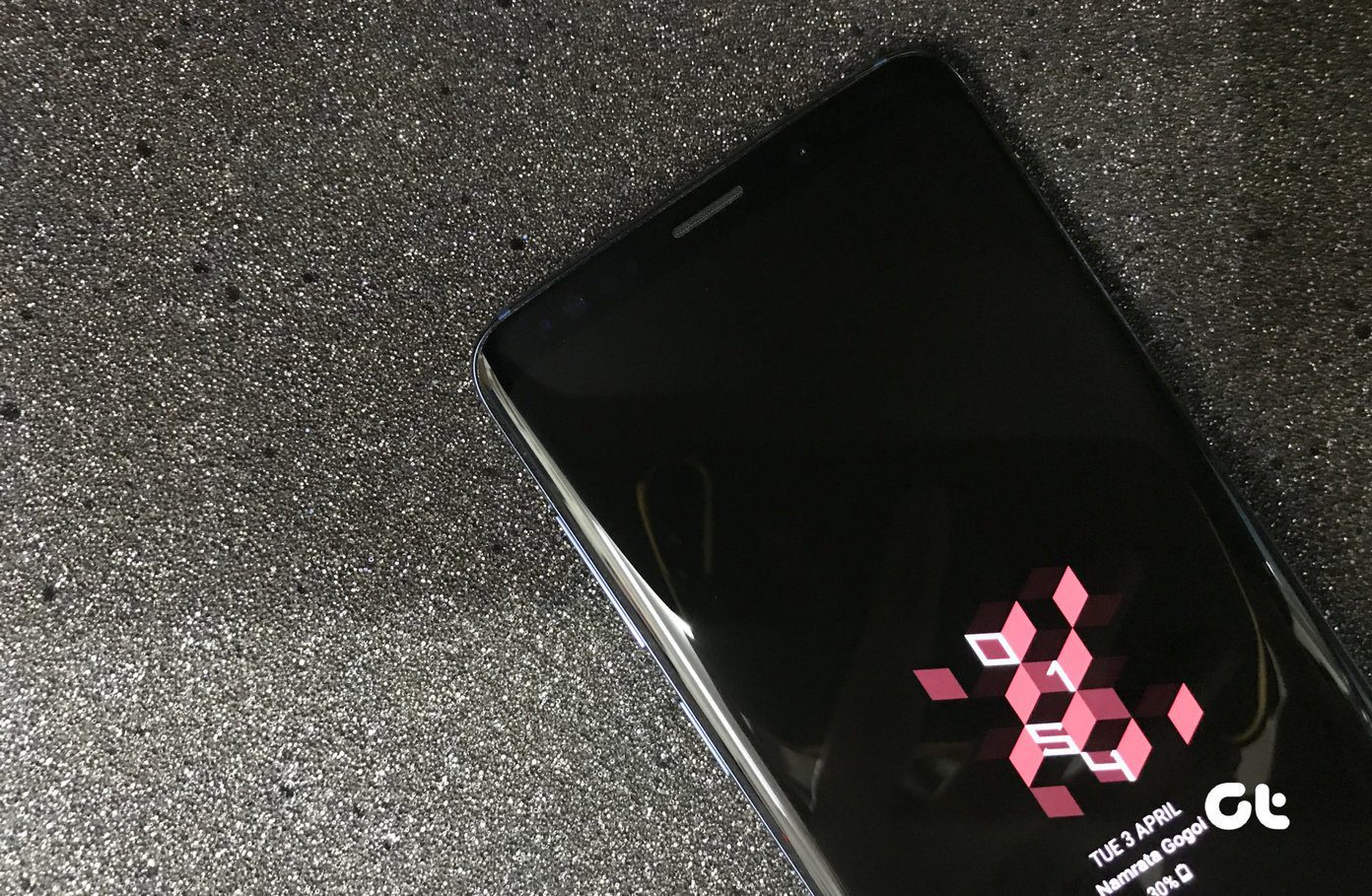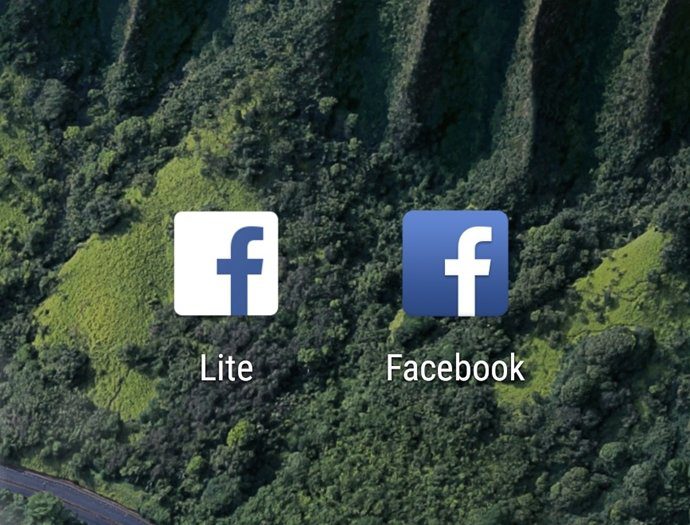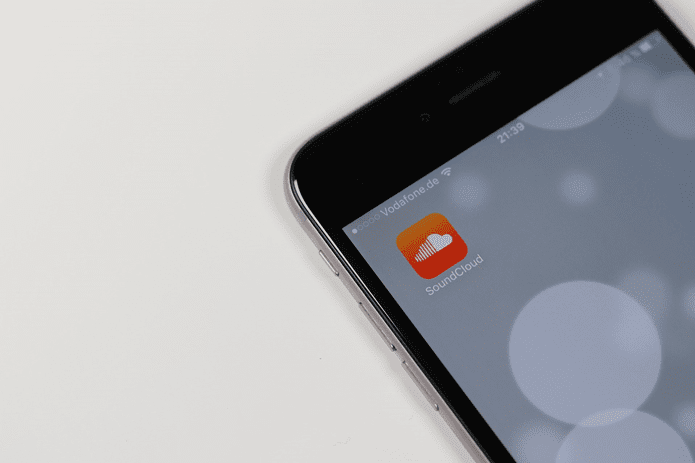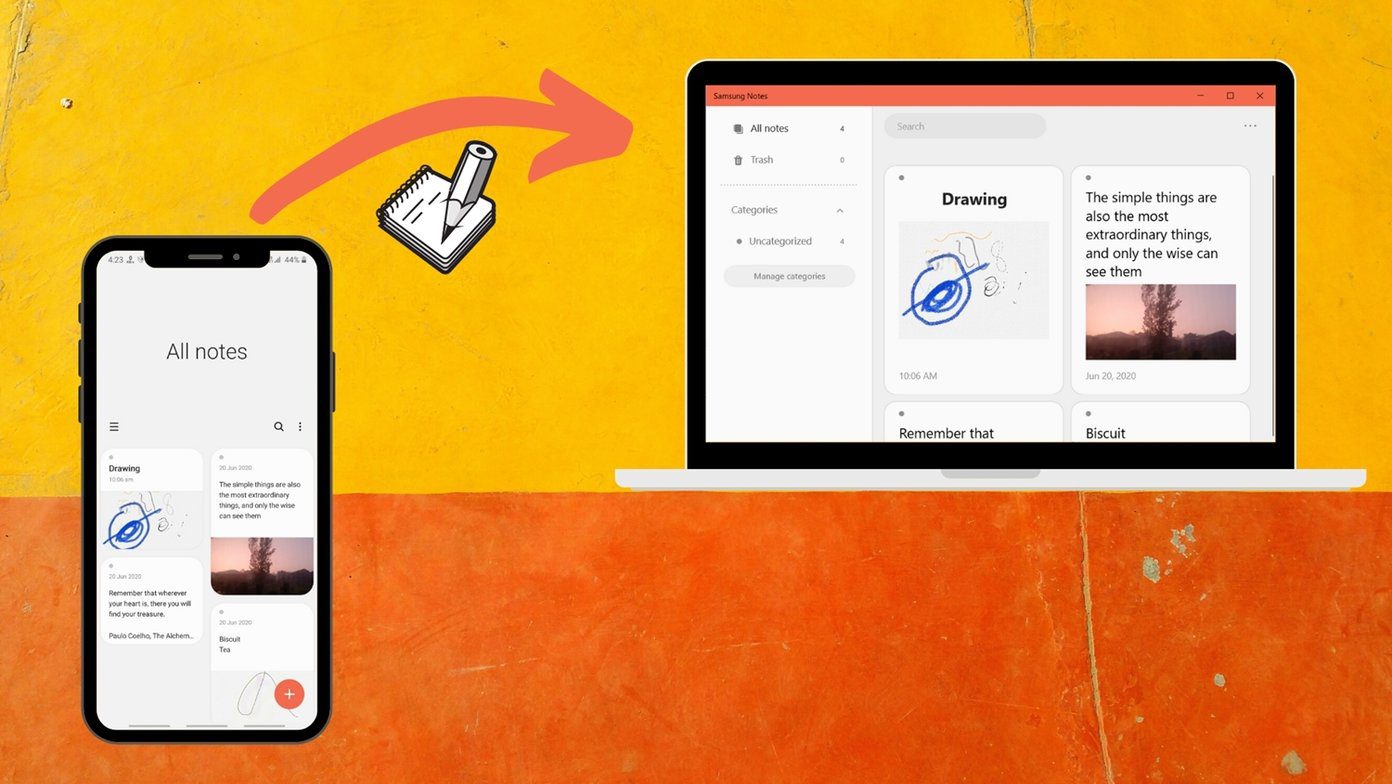From a young age, I saw this dedication to watch wearing as a sign of commitment. He would drop me to the school in his pajamas but he’d always have his watch on. Since the day I was old enough to be trusted upon the responsibility of wearing a good quality watch, I’ve worn one. I was the only guy in primary school with a gold plated watch and I couldn’t care less. As I approached my late teen years, I branched out. Trying on cheap knock-offs and digital watches only to throw them out a month later. After school, I decided to go back to the roots and buy one good watch that I could use everywhere – in the college, while writing, while working out. And I found one. It was an analog Tommy Hilfiger with a larger than normal dial and a comfortable rubber band – just what I needed. And I wore it for about 3 years until it gave out in the summer of last year. It is still sitting in my drawer, still broken. I never got to repairing it because I never felt the need to add one more thing to the list of things I had to take care of. As of right now, my wrist is empty and my troubled history with watch wearing and my techie heart make me the perfect candidate for smartwatches.
Gear 2 Hardware
Gear 2 looks much like its predecessor – the Gear watch, only more handsome. The square box front that has a brushed metal look with curvy edges on which sits a 1.6 inch 320×320 resolution super AMOLED screen. The screen is bright and there’s an “outside brightness” mode that makes the display really bright but it only stays on for 5 minutes. On the top sits a 2MP Camera and there’s a single home button at the bottom. The interchangeable band is made of rubber but it has a pattern that kind of makes it look like leather. The lock is quite hard and you need to push up and in quite forcefully to lock it. The camera takes decent quality images. It takes square images by default but you can switch to 16:9 aspect ratio if you want. Video captured by Gear 2 is nothing to talk about. It records in 720p but there’s a lot of noise. Gear 2 will transfer the photos to your Galaxy phone as soon as they are paired up over Bluetooth. Gear 2 also comes with S Voice support but it doesn’t work that well.
Calling With Gear 2
Using your Samsung phone’s network connection, you can make and receive calls with Gear 2 as it has a microphone and a speaker built in. In my testing, Gear 2 performed well. My friend on the other side could hear me perfectly fine but the speaker is a bit muffled. When I was testing it in a bustling cafe, I had to bring the watch up real close to listen in. And the waiter looked at me like I was Alexander Graham Bell, using the telephone for the first time (in a cafe).
Gear Fit
Gear Fit looks beautiful. It looks much better than the Gear 2 watch and the 1.84-inch curved Super AMOLED display just adds to its charisma. I’ve got a lot of devices laying on my table right now, of different sizes and shapes with different features and uses… and you know what all of them have in common? Flat screens. This thing on my hand though? It has a curved screen. And it’s not easy to get over this fact. Other than that, Gear Fit has the same internal grip as Gear 2 does but it looks plain from the outside, featuring just a Gear Fit logo. Snapping in Gear fit is a lot easier as well. I’ve used it for several hours, while running on the treadmill, lifting weights and cycling on the road and it always stayed put. The band can be a little cumbersome at first, sticking to your sweaty hands but you get used to it with time. With the Fit you also need to deal with the really narrow screen. Using it with the text in horizontal layout just isn’t possible, no matter how many weird combinations you try. The simple solution is to just switch to vertical UI and that helps a lot. But then you end up in the message app and reading an SMS on the vertical screen just isn’t good. In times like these you’ll find a Refresh icon on the top edge, tap it and the UI will change to horizontal. Feel free to go back because the change is only applicable to that app and won’t affect the entire UI.
Notifications
Notifications are the biggest sell for smartwatches. The connected man needs to be on top of everything. I’m sure some smartwatch company has already made a cheezy ad about a man in a suit losing the deal of his life because it was too late by the time he picked up the phone. If only he had a smartwatch on and could read the SMS and call the guy directly. If the ad doesn’t exist yet, great, I just gave them the idea. Smartwatches are great for notifications. The problem is that the implementation in the Gear watches isn’t really useful. The only time I appreciated having a smartwatch on was when I was logging in to websites with 2-factor authentication (you really should do that folks) or when buying something online and I’d get the verification code SMS on my phone. “Oh, now I need to find my phone?”, I used to say that to myself. This time I didn’t. My watch beeped, I tapped on the notification, I saw the code, and entered it. At that moment, I was as close to nirvana as I’ve ever been. Would I buy a smartwatch just to use this feature? Right now? No. I’m not crazy or rich enough to justify such a purchase, but you never know what the future holds. The usability of notifications end with SMS. The mail notification just opens the mail app on the phone. Most of the notifications come from Samsung apps. And something that almost all Samsung users never use are Samsung apps. I would love to see Samsung opening up the API for developers or just making use of Android notifications. But it won’t be so simple because instead of Android, Gear watches run Tizen, Samsung’s in-house OS based on Linux. While that’s great for battery life, it just means all the great things about Android won’t show up on Gear smartwatches.
General Usability
To charge both watches you need to connect a dock to the back of the watch and then connect the USB cable to it. It’s an extra step and can be a bit cumbersome for users who are used to just plugging in their devices. Samsung quotes 4-6 days battery life for light use. I alternated between the watches constantly, using them to track hikes, workouts in gym, taking pictures and I even wore Fit in bed, and I went about 2-3 days before needing a charge. If you use it more often, the drain will be faster but suffice to say, they will last you about 2 days.
How They Work
The reason I’m doing both the reviews in this article is because other than the shapes, sizes and a few exclusive features (like Gear 2’s camera and Fit’s lack of app support), they are identical. Both of them are IP67 certified – dust and water resistant so don’t worry if you splash some water in the bathroom, they can take it. I tested them with Galaxy S5 but you can use it with your S4, or even with the S3. They use low energy Bluetooth that’s supported for Android 4.3 and above. This means you won’t see a significant battery drain on your phone even if you use the watches day and night. To get started, you’ll need to download Gear 2 Manager and Gear Fit Manager (yes, two different apps) for the corresponding devices. You can do that only from the “Samsung Apps” app store. They aren’t available on the Play Store and I can’t think of a valid reason. If Motorola can update the boot screen animation via a Play Store app, why can’t Samsung distribute their apps with it. Turn on Bluetooth, launch the app, the phone will scan for devices and you’ll need to authenticate the connection on both devices. Once you’ve done that all the future connections will be automatic. You also can’t connect to Gear 2 and Gear Fit at once. But I’m not sure if that’s a bad thing. After connecting, your watch might need a firmware update and that will take a couple of minutes. S Health app on your phone is where all the data from your Gear watches will be stored. The manager apps are for connecting and changing wallpapers. Until a recent update, S Health’s step count didn’t match that of your device. Both were collected and stored separately. A lot of jokes and negative feedback later, Samsung has come to its senses and it now shows the pedometer data from Gear watches by default. If that’s not the case for you, go to Pedometer section in the S Health app and from the three dotted menu, tap Device data to show and select your device. Something you should know is that the Pedometer doesn’t turn on by default. You need to start it once but after that you can forget about it. The Pedometer is just as accurate/inaccurate as any other tracker out there. I walked normally in a straight line and while I counted 100 steps, Gear Fit showed me 109. The internet tells me that’s an acceptable fluctuation. I also tried some 007 style sneak walking (minus the suit) and it didn’t pick them up as steps.
Fitness Tracking
This is Gear Fit’s main selling point and it’s something Gear 2 can do as well. You can track activities like walking, running, cycling and hiking. You’ll find all of them in the Exercise menu in the watch. They have accelerometer and gyroscopes built in but not GPS. So the watch will use your phone’s GPS to track location. Meanwhile, the watch will monitor your heart rate at all times using the sensor underneath. You’ll see the calories burned, the distance travelled, the elevation and the time on the screen.
Sleep Tracking
I spent a night with Gear Fit and it wasn’t as weird as I was expecting it to be, for either of us (I can’t say they same for the bulky Gear 2). The Fit is light enough that you forget it’s even there after couple of hours of use. When you are in the sleeping mode, the screen doesn’t come on every time you jerkingly change your sleeping position. The only problem is that you need to tell the watch when you are going to sleep, start the tracking and then stop when you wake up. From the S Health app you can see how long you slept and how much of it was actually motionless sleep. The Gear Fit tells me I was moving 13% of the time, that’s about an hour. I wouldn’t take this count seriously, but if it’s accurate, I must be burning a lot of calories at night.
Other Features
You can do other cool stuff with these devices like control music playback from the watch, even if you are connected to a Bluetooth headset. Using the Gear watch to change songs is a lot better than pulling out the phone or using the controls on the headphones. You get a lot more information about what’s playing on the screen and the watch is generally more accessible. You can transfer songs from your Galaxy phone to Gear 2’s memory so you can play them even when you’re disconnected from the phone.
I’m Excited About Smartwatches
So am I going to rush out and buy the Gear watch when the review unit goes out? No. Mostly because for the asking price ($199 for Fit, $299 for Gear 2), they don’t provide nearly enough value to justify the purchase. Also, not being the only guy in the city wearing a smartwatch will help. When smartwatches hit the sub $99 price point, they will go mainstream and I hope it will do the same for smartwatches as Beats did for oversized headphones – turn them cool from weird. The problem with Gear Fit is a deeper one. It wants to be a fitness tracker and a smartwatch but it isn’t good at doing either one of those things. The fitness tracking isn’t as detailed or accurate as other dedicated trackers (like Fitbit) and thanks to Tizen, the smartwatch functionalities are really limited. But they did rekindle my love for watches. I always thought the whole smartwatch thing was a bit gimmicky but after my “nirvana” moment, I’ve started to see it in a different light. If done right, with enough features and usability, a long enough battery life and a justifiable value, I’m open to the idea of a smartwatch. May be that will be an Android Wear watch, may be something else entirely. I’ve been drooling over Moto 360 since the promotional shots came out and yes the title of this article is a play/homage to a Moto 360 article. I’m also equally looking forward to iWatch, although no one really knows when it’s coming or what it will be like. But I’m going to wait patiently because if Apple is going to do a watch, they will do it right, and if it takes time, fine by me. In conclusion, I’m wearing a Gear Fit as I type this and no, the future indeed isn’t on my wrist. In this form, it just can’t be. But the future of smartwatches is anything but dull. And that includes Samsung, because this company can iterate like anything and you never know how the next versions of its smartwatches turn out to be. P.S. If you can’t wait for Android Wear watches or the iWatch, take a look at Pebble Watch, it is your best bet. The above article may contain affiliate links which help support Guiding Tech. However, it does not affect our editorial integrity. The content remains unbiased and authentic.















![]()











